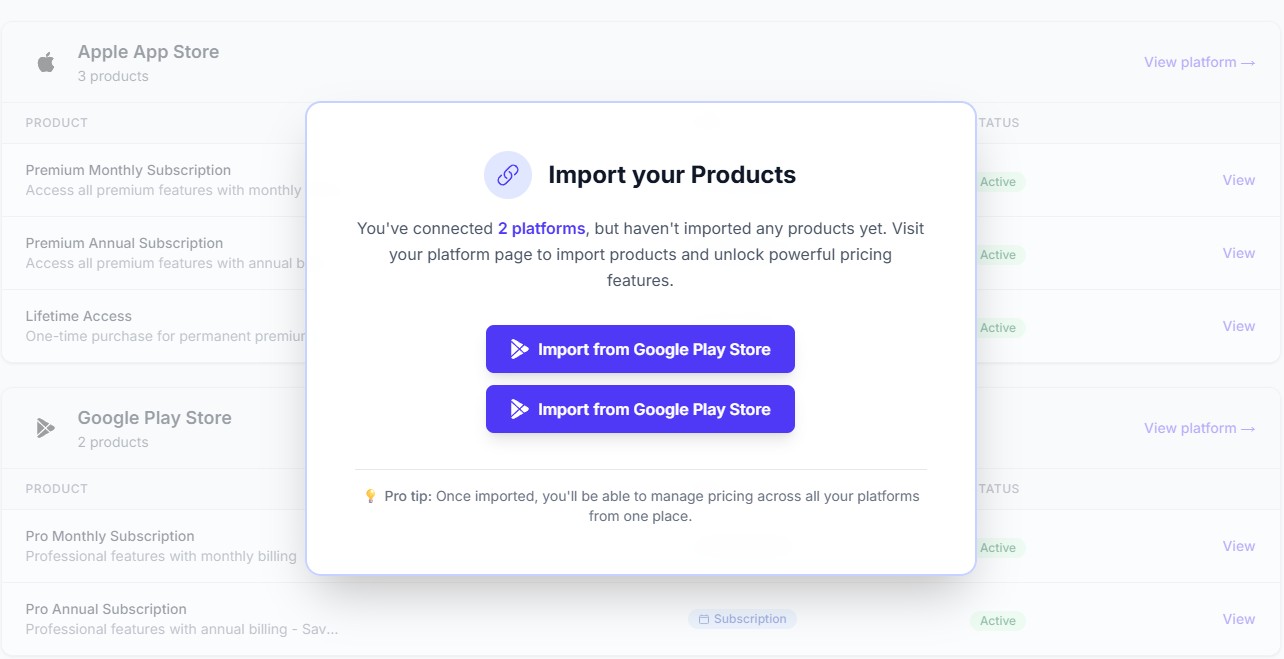Different countries have different spending power, different price expectations, and different subscription norms. Apps that localize their pricing consistently see higher conversion, better LTV, and stronger global growth.


Most subscription apps still use one USD price for all countries.
This creates three big problems:
They all:

Some markets are extremely price-sensitive.
Others barely react to price changes.
Optimizing for local elasticity drives:
Purchasing power varies wildly across countries, which is why a $29 USD app can feel insignificant in Switzerland but completely out of reach in Turkey or India. Localized pricing simply aligns with what people can realistically afford in each market.
Every country also has its own “normal” subscription range. The UK and Nordics tolerate higher tiers, Southeast Asia expects lower ones, and South America responds strongly to psychological rounding patterns.
Mirava places your pricing inside the anchors already shaped by major apps.
Using simple FX conversion creates:
Localized pricing increases total revenue, not just price per unit.
Manual hurdles that kill global pricing:

Let Mirava show you exactly what users in each country are willing to pay.
